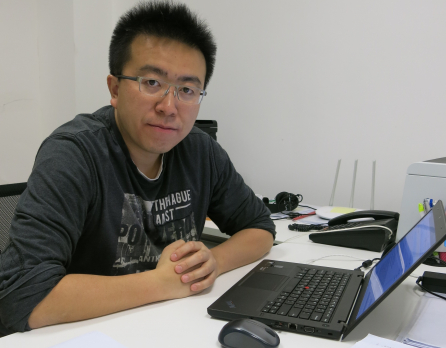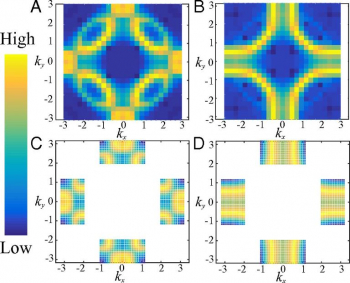Research Stories
VP(R)'s Picks: Breakthrough in Understanding Quantum Metals
Back
Metals, especially interacting metallic states, never stop surprising people. Among the interesting phenomena that have emerged is the “high-temperature” superconductivity. This holds great promise for enabling highly efficient energy transportation, but it can be achieved only at extremely cold temperatures (about -100 degrees Celsius or below) that are currently too costly and energy-intensive to replicate. Being able to overcome that barrier depends on a better understanding of quantum critical metals themselves – the parent state of the “high-temperature” superconductivity. New research from Dr Meng Zi Yang in the Department of Physics and his collaborators takes us closer to overcoming this challenge.
Superconductivity, in which electrons pass through a material without resistance, was an important experimental discovery in the early 1900s because it holds great potential for better energy transportation and materials science. However, the ultra-cold temperature required – initially about -200 degrees Celsius – was for many years an obstacle to these developments. In the 1980s, scientists discovered new materials that exhibit superconductivity at temperatures around -100 degrees Celsius. This “high-temperature” superconductivity is considered one of the greatest successes in modern quantum materials, but until recently it was not really understood why this “high-temperature” superconductivity occurred. This lack of understanding has hindered further advances both in the quantum many-body theory and materials realisations.
Now, new work by Dr Meng Zi Yang and his collaborators has helped to fill in some of the blanks about the quantum critical metals from which high-temperature superconductors emerge. The key lies in proper modelling and an unbiased solution of the model that leads to an understanding of the metallic states in which electrons interact in a quantum many-body manner.
The scholars designed a lattice model of interacting electrons and solved it with state-of-art quantum computation platforms – the Tianhe supercomputer in China’s national supercomputer centre.
Their goal was to understand the behaviour of interacting electrons in metal, especially close to a critical point in the transition between magnetic metal and non-magnetic metal. This was not possible using traditional simple analytical methods (such as mean-field treatments) because of the scale involved, as quantum fluctuations have to be observed among a huge number of electrons (at 10²³).
Dr Meng brought in computational expertise to the problem, which involved applying a quantum Monte Carlo method – essentially, gambling where an electron sits in the system according to the fundamental principles of quantum mechanics – to engineer the transition of a magnetic metal to a non-magnetic metal. The team then used the Tianhe supercomputer to solve the problem.
“The magic happens when there is a transition from magnetic metal to non-magnetic metal because the interaction between electrons is strongest at that point and it is here where interesting phenomena such as critical metal and eventually superconductivity is generated,” Dr Meng said.
This kind of quantum critical metallic state has not been solved in an unbiased manner in research before and it gives scientists a new way of understanding the parent state of high-temperature superconductivity, with major implications for both quantum many-body theories and future efficient energy transportation.

Quantum critical metal obtained from large-scale Monte Carlo simulations




